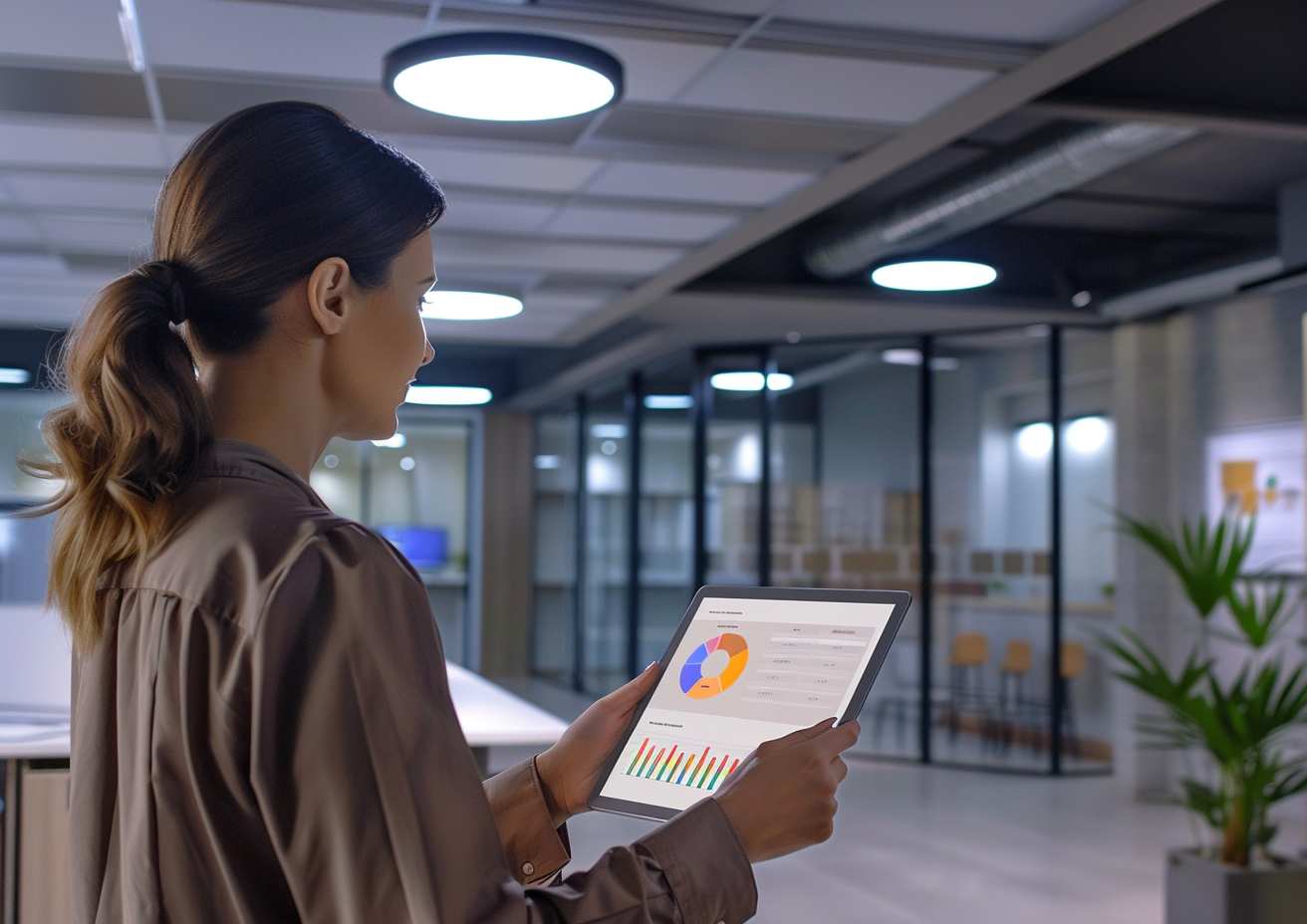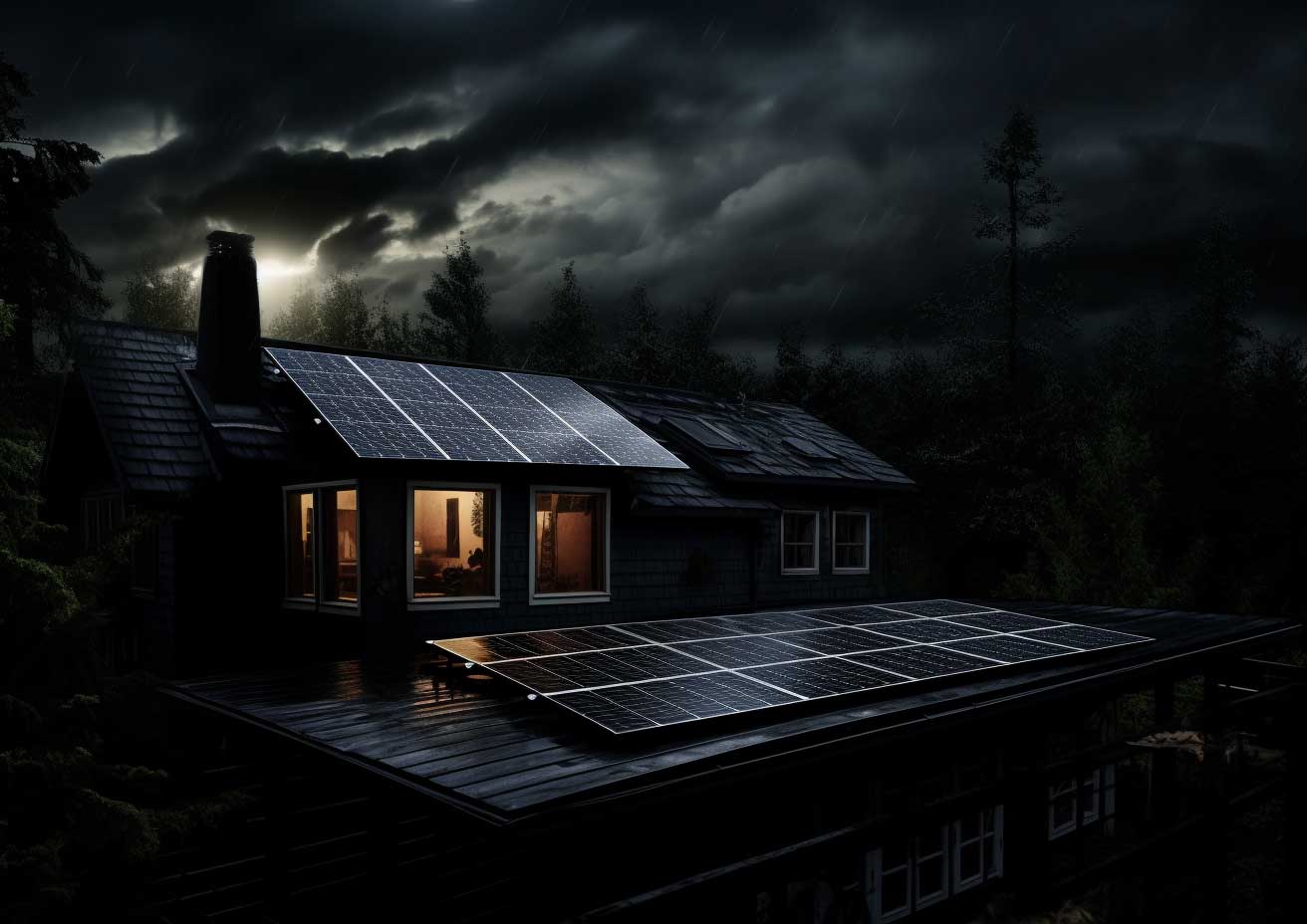The Energy as a Service (EaaS) business model is revolutionizing how companies pursue energy-saving technology and improved efficiency. Instead of the conventional method of purchasing energy technology outright, more and more companies are embracing the EaaS model. This shift allows them to tap into new energy-saving technologies while increasing their overall energy efficiency.
The as a Service model is highly favored by facility decision-makers. With this approach, they can enjoy the advantages of enhanced energy efficiency and improved facilities, all without the burden of strictly adhering to budgetary constraints. It provides a seamless experience, allowing them to focus on reaping the benefits rather than worrying about energy purchases.
Unlock the benefits of the EaaS financing option: modernize your facility, save money, enhance worker safety, and achieve sustainability goals. Say goodbye to financial hurdles and headaches, and experience a seamless journey towards your goals.
However, not every facility or company is suitable for Energy as a Service. How can you determine if your facility is an ideal candidate for this offering?
How do you know if Energy as a Service is for you?
Do you have older equipment that requires regular costly maintenance? Is the cost of ownership a concern?
Maybe you’ve found it difficult to obtain funds for capital projects or proposed energy projects’ Return on Investment (ROI), Internal Rate of Return (IRR), and payback periods that do not meet corporate requirements? Or perhaps you see the value in energy projects, but the decision-makers give them lower priority? If you’ve said yes to any of these questions, then Energy as a Service is an ideal financing option for you.
What are the benefits of the EaaS model?
Energy as a Service is a good solution to any financial hurdles you run into when it comes to energy efficiency projects at your facility or facilities. EaaS allows you to move forward with an energy savings project with no upfront costs. The project will actually pay you with positive cash flow from the energy savings of the project. This means you don’t have to worry about incurring debt from your energy efficiency upgrades.
On the other hand, with a capital purchase, traditional finance, or lease option, the project is entered onto a company’s balance sheet as an asset and liability. This can show a reduction of cash or even make a negative impact by showing new debt that can take years to depreciate and capture back. Many companies just cannot show new debt on the books for building renovations, but save this for new equipment acquisitions or revenue-generating opportunities.
Here at WattLogic, we believe Energy as a Service is the most efficient financing option to achieving your energy saving goals with the highest amount of cost savings.
Energy as a Service allows you to increase safety and upgrade your facilities with numerous energy saving solutions, including LED Lighting, power monitoring, HVLS fans, energy storage, and solar energy, without any upfront costs.
What is Energy as a Service and how does it work?
WattLogic’s Energy as a Service program is a turnkey approach that alleviates the common headaches of maintaining facility operations and offers numerous financial benefits. Instead of the normal procurement process of a budget request, now you can show EaaS is a fixed monthly subscription fee, as well as an operating expense, instead of having to recapture the asset through depreciation.
Energy as a Service is a service contract, instead of a financing or leasing agreement. It’s a similar concept to your cable agreement. The cable company provides you with a cable box and the product of cable service. If your cable box or router stops working or needs repairs the cable company will also “service” its product or provide repairs to make sure it is operating correctly.
All companies enter into some sort of service agreement for a variety of services they need to run a company. Now with new accounting law changes that went into effect in January of 2019, energy saving products can have the same tax benefits of a service agreement.
Since ownership is not transferred until an agreed time at the end of the contract, this allows for a more flexible turnkey, a no-hassle solution that can be captured monthly rather than the depreciation of an expense over a period of time. This means not only no debt on the books, but you’ll also capture the expense during the time you are paying for it.
The energy savings you will generate from the more efficient energy system will be greater than the payment, so this is like a double-dip. You do not need any new capital to cover the payments and you are able to expense the monthly payments as you pay them.




